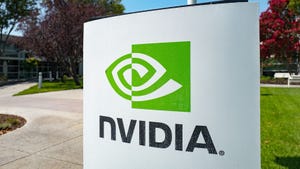Organizations have been automating business processes for decades, but true Operational Intelligence only became a reality when big data and analytics provided the ability to gather operational data and apply AI and machine learning models. Today, automation applications, like workflows and robotic processes, are populating data lakes with operational data, and AI is providing near real-time intelligence with sophisticated visualization tools.
November 5, 2018

Date: Sep 10, 2020
Organizations have been automating business processes for decades, but true Operational Intelligence only became a reality when big data and analytics provided the ability to gather operational data and apply AI and machine learning models. Today, automation applications, like workflows and robotic processes, are populating data lakes with operational data, and AI is providing near real-time intelligence with sophisticated visualization tools.
As a result, operations professionals can quickly see where bottlenecks are starting to build up, which teams need extra attention, where specific human expertise is necessary, and how likely the business is to meet its goals.
This Digital Seminar will explore the leading trends in Operational Intelligence, with a look at IBM’s Automation Operation Command Center, which offers visibility into the performance of the Digital Workforce and RPA bots across the enterprise.
Key Takeaways:
The benefits of Operational Intelligence in a real-life case study;
The types of Machine Learning Models and Visualization views available for Automation;
The typical use cases enabled by the IBM Cloud Pak for Automation;
Q&A with experts including Tom Ivory, Vice President, Global Leader, Automation Innovation, and Ed Lynch, Vice President, IBM Digital Business Automation.
You May Also Like
.jpg?width=700&auto=webp&quality=80&disable=upscale)
.jpg?width=700&auto=webp&quality=80&disable=upscale)
.jpg?width=700&auto=webp&quality=80&disable=upscale)
.jpg?width=300&auto=webp&quality=80&disable=upscale)
.jpg?width=300&auto=webp&quality=80&disable=upscale)
.jpg?width=300&auto=webp&quality=80&disable=upscale)

